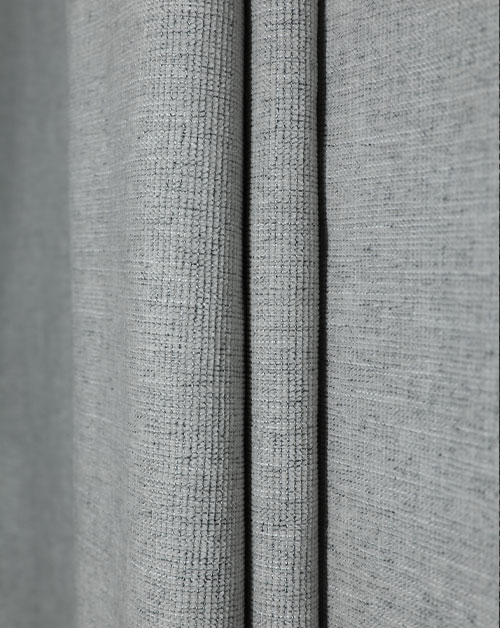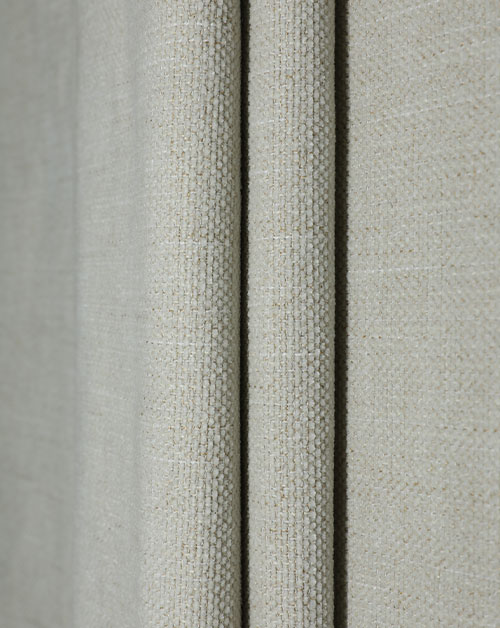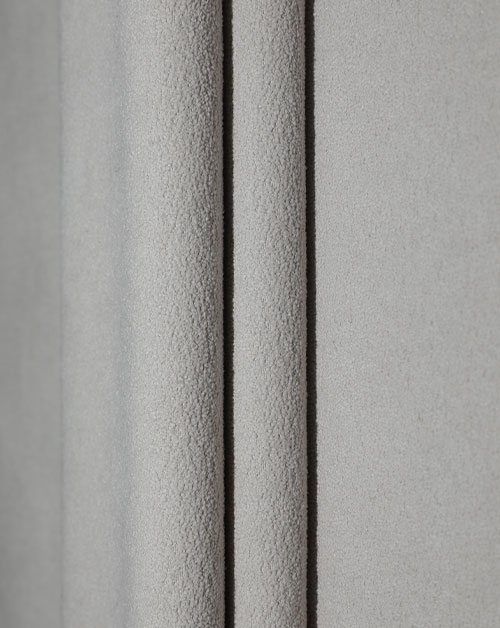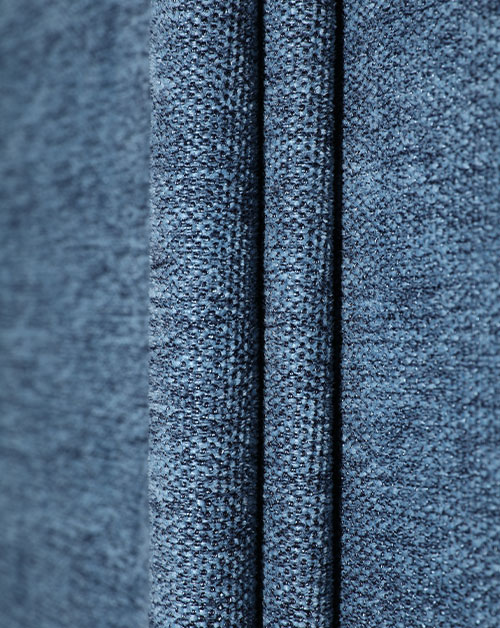Woven imitation linen fabric is a type of synthetic fabric that looks and feels like natural linen. It is usually made from polyester, viscose, or a blend of both synthetic and natural fibers. Woven imitation linen is a popular choice for home decor items because it is durable, easy to care for, and less expensive than natural linen. While woven imitation linen is not as breathable as natural linen, it still offers many of the same benefits and can be used in place of natural linen for projects.
In the textile industry, a synthetic fiber is any fiber that is not naturally produced by a plant. Unlike natural fibers, synthetic fibers are typically manmade through processes that involve chemical treatments. Using synthetic fabrics can reduce the cost and labor requirements of manufacturing products, making them more affordable to consumers. However, some synthetic fabrics are also harmful to the environment, so it is important to choose natural fibers whenever possible.
Linen is a luxurious fabric with a unique ability to keep you cool and comfortable in any season. Its porous nature makes it warm in the winter and cool in the summer, and it wicks moisture away from the body, keeping you dry throughout the day. Because of these properties, linen is often the preferred fabric for bedding materials such as sheets and pillowcases.
The fabric's desirable qualities have led to its long history of use for clothing, bedding, and other household furnishings. Ancient Egyptians used the material to make garments, furniture covers, and even wrappings for their mummies. The fabric quickly became the popular type of cloth in Egypt due to its resistance to sunlight and the rapid cooling effect that it provides on the skin. Manufacturing the fabric, however, was extremely labor-intensive and difficult, to a decline in its popularity. Despite this, linen is still manufactured today in limited quantities to produce certain types of apparel and other goods.
In addition to its natural qualities, linen is one of the least environmentally damaging fabrics to make. Its fibers are biodegradable, and they don't contribute to the ongoing microfiber pollution crisis that is affecting aquatic life and human beings. Linen is also able to filter out germs, which makes it an choice for towels and other household linens.
To ensure that you are purchasing real linen when shopping for clothing, bedding, and other textiles, there are several ways to tell if the product is genuine. When inspecting the item, look for a natural color, strong fibers, and obvious slubs in the fabric. You can also test the fabric's absorbency by wetting it and rubbing it against your skin to see how it responds. Real linen will become softer and smoother with each wash. It is to avoid faux linens that have a flat, smooth texture and lack slubs.
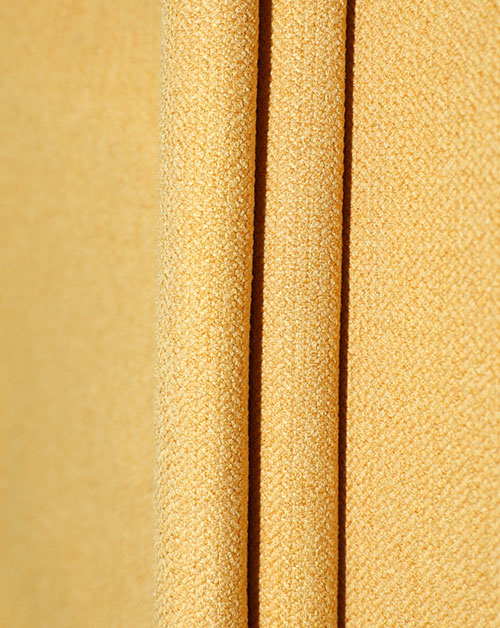

 English
English 中文简体
中文简体 русский
русский عربى
عربى

